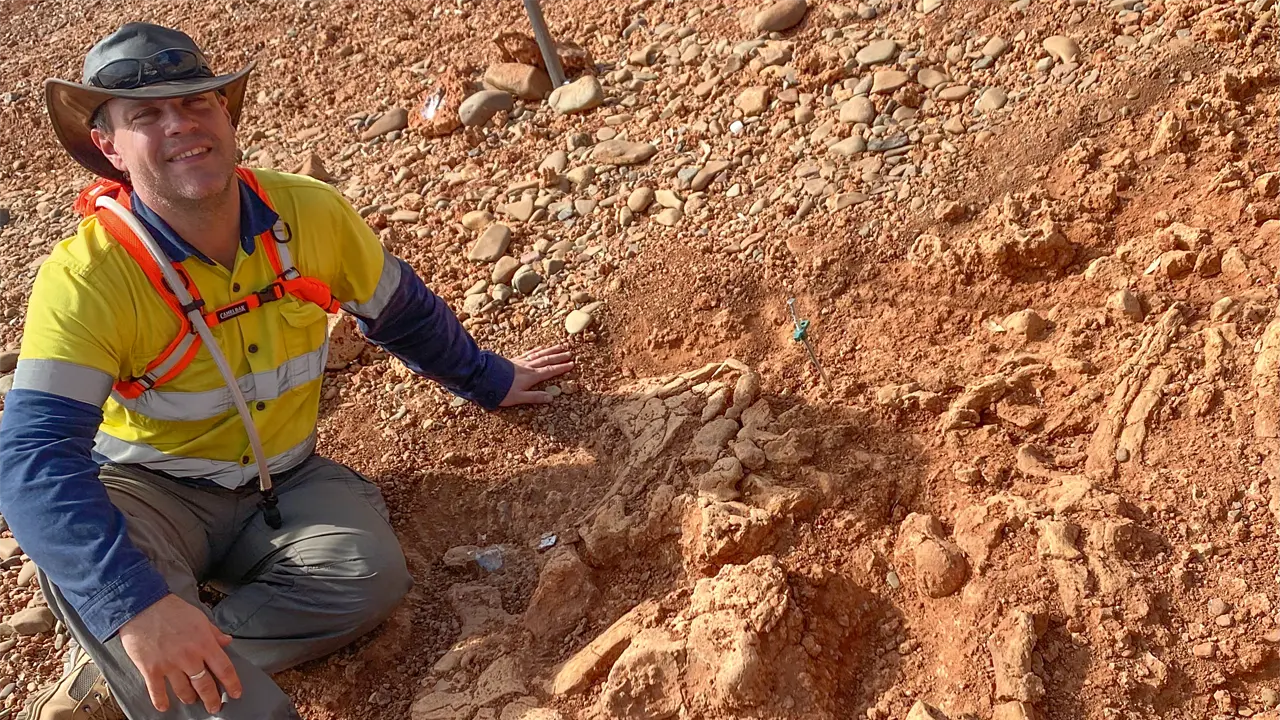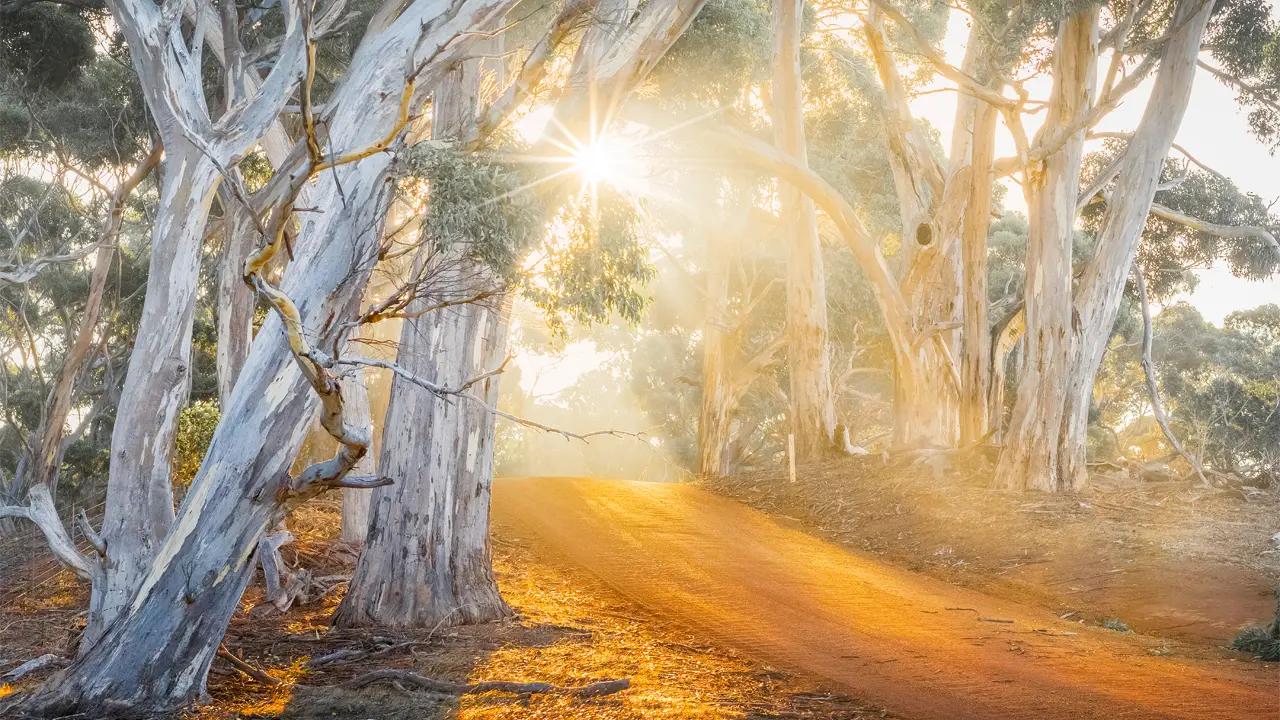A trail from the rainforest of the Daintree to Queensland’s drier savannah country offers some of Australia’s rarest and most beautiful birds.
Story By James McEwan
A soft rain is falling on the Daintree River at 6am as Chris Dahlberg steers the boat towards the bank and cuts the outboard motor. Since moving to the Daintree in 1989 he has been a pioneer of this gentle approach to eco-tourism. Towering over the passengers are massive fig trees whose top branches are full of wet herons looking like grumpy old men in white raincoats. “I heard a male call a moment ago and he’s around here,” Chris whispers, and just then, on a branch against the muddy riverbank, an iridescent blue bird in an orange waistcoat turns to face the boat. The azure kingfisher is one of the star attractions of Australia’s far north and this one is a real performer – the violet sheen of his feathers flares like a beacon in the dawn light. There is an audible gasp among the passengers as the damp conditions are forgotten and 12 pairs of expensive binoculars focus on the celebrity. This is the moment that all guides enjoy. Most sightseers have travelled half-way around the world to fill the “tropical species” section of their logbooks, and the air of excitement is tangible. For the next few hours an unending parade of Far North Queensland’s 400 species of bird, as well as the odd green tree snake, appear on cue. Chris’s great respect for the river’s wildlife comes through in his commentary. Each individual bird and animal that is spotted is given its proper name, history and the place it has in the river’s ecology. Barratt Creek, off the Daintree River, is home to one of the other village guides, the appropriately named Ian “ Sauce” Worcester. Sauce’s party trick is to drift silently down the creek at dusk, saying nothing but waiting for his passengers to notice any of the local crocodiles waiting quietly on the shaded banks. These are no well-fed zoo attractions but real predators in the battleship-grey flesh, their air of quiet menace startling to say the least. Ian just chuckles and continues pointing out the brahminy kites and tawny frogmouths as if nothing had happened.
This story excerpt is from Issue #64
Outback Magazine: Apr/May 2009









